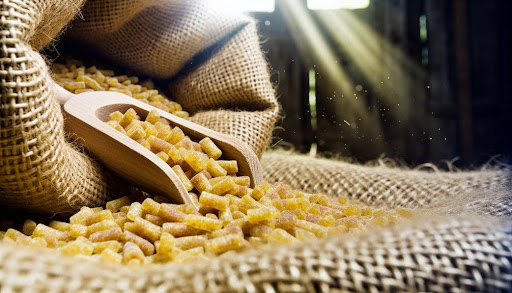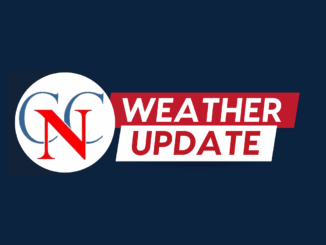
What to Know About Horse Grain
Proper grain selection stands as a critical component in equine nutrition management. Horse owners must consider multiple factors including age, weight, workload, and existing health conditions when formulating grain protocols. Each grain variety—oats, corn, barley, and commercial blends—offers distinct nutritional profiles affecting energy delivery, protein content, and digestibility. Inappropriate grain feeding practices can trigger serious metabolic disorders including colic, laminitis, and obesity. The following examination of equine grain fundamentals will address how to maximize benefits while minimizing potential health complications.
Types of Horse Grain and Their Nutritional Benefits
While forage remains the foundation of equine nutrition, various horse grain types serve as concentrated energy sources that complement a horse’s dietary requirements.
Oats provide digestible fiber and moderate starch (40-45%), making them suitable for horses with lower energy needs. Corn delivers higher caloric density with 70% starch content, beneficial for performance horses requiring substantial energy. Barley contains 55-60% starch with higher protein than oats, supporting muscle development. Wheat bran offers phosphorus and fiber while functioning as a mild laxative. Commercial sweet feeds combine multiple grains with molasses, enhancing palatability, while pelleted feeds guarantee consistent nutrient intake with stabilized formulations.
Determining the Right Amount of Grain for Your Horse
Understanding the nutritional components of various grains enables horse owners to select appropriate feed types, but proper portioning represents the next critical step in equine nutrition management.
Feed quantities must be calibrated according to multiple variables: bodyweight (typically 0.5-1% of body weight in grain), workload intensity, metabolic rate, and existing health conditions. Performance horses may require 6-10 pounds daily, while sedentary animals might need merely 1-2 pounds as a supplement.
Regular body condition scoring using the Henneke scale (1-9) provides objective assessment for ration adjustments. Weight tapes offer quantifiable measurements to guarantee precise feeding calculations. Seasonal variations necessitate periodic re-evaluation of grain requirements.

Common Grain-Related Health Concerns to Watch For
Although grain contributes essential nutrients to equine diets, excessive consumption presents significant health risks that vigilant horse owners must monitor. Primary concerns include colic, gastric ulcers, and laminitis—conditions triggered by rapid fermentation of undigested starches. Grain overload can precipitate metabolic acidosis, leading to endotoxemia and systemic inflammation.
Equine Metabolic Syndrome and insulin resistance worsen with high-glycemic feeds. Horses may develop stereotypic behaviors like cribbing or weaving when grain exceeds forage intake. Chronic hindgut acidosis from grain overload disrupts microbiome balance, potentially causing diarrhea, weight loss, and compromised immune function. Regular veterinary assessment remains essential for detecting subclinical grain-related pathologies.
Balancing Grain With Forage in Your Horse’s Diet
Properly balancing grain with forage establishes the foundation for ideal equine nutrition, as forage should constitute 1.5-2.5% of body weight in dry matter intake while concentrates remain supplementary. Nutritionists recommend implementing the 70:30 rule—minimum 70% forage to maximum 30% grain—to maintain optimal digestive health.
For a 500kg horse, this translates to 7.5-12.5kg daily forage before adding concentrates. When increasing grain, divide into multiple feedings (maximum 2kg per meal) to prevent digestive disturbances. Grain supplementation should correspond to workload, with performance horses requiring higher energy density than maintenance animals. Regular body condition scoring facilitates appropriate adjustments to this ratio.
Seasonal Adjustments to Grain Feeding Programs
Seasonal variations greatly impact equine nutritional requirements, necessitating systematic modifications to grain feeding protocols throughout the year. During winter months, increased caloric demands warrant 10-15% higher grain allocations to maintain thermogenesis and body condition. Conversely, spring pasture abundance typically requires 20-30% reduction in concentrates to prevent metabolic disorders and obesity.
Summer heat stress may necessitate electrolyte supplementation and easily digestible energy sources while reducing overall grain quantity. Fall adjustment periods demand gradual modifications—approximately 5% weekly—to prevent digestive disruptions. Working horses require consistent evaluation, with performance horses needing 1.5-2.5% additional grain per hour of intensive work regardless of season.
(Contributed Post)
























